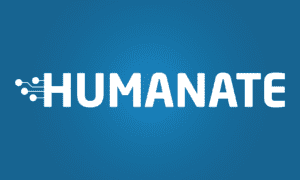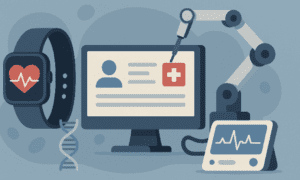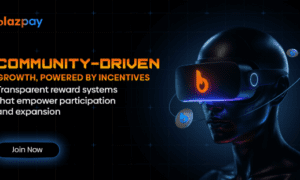Clinical documentation is a cornerstone of modern healthcare, essential for patient care, legal compliance, and billing. Yet, for many healthcare providers, it remains one of the most time-consuming and burdensome aspects of their work. The rise of artificial intelligence (AI) is changing that. By automating and streamlining documentation processes, AI is transforming how clinicians interact with patient records, freeing up time and improving accuracy.
The Burden of Traditional Documentation
Healthcare professionals often spend hours each day entering notes into electronic health records (EHRs). This administrative load can lead to burnout, reduce face-to-face time with patients, and increase the risk of errors. Traditional documentation methods are not only inefficient but also prone to inconsistencies due to fatigue, time constraints, or human oversight.
In many cases, clinicians must recall and record detailed information after a patient visit, which can compromise the completeness and accuracy of the notes. This delay also affects the timeliness of care coordination and decision-making, especially in fast-paced environments like emergency departments or primary care clinics.
How AI Is Changing the Game
AI-powered tools are now being integrated into clinical workflows to assist with real-time documentation. These systems use natural language processing (NLP), machine learning, and voice recognition to capture and structure clinical conversations as they happen. Instead of typing or dictating notes after the fact, providers can speak naturally during patient encounters while AI transcribes and organizes the information in real time.
This shift allows clinicians to focus more on patient interaction and less on data entry. AI can also suggest relevant medical codes, flag inconsistencies, and ensure that documentation meets regulatory and billing requirements. The result is faster, more accurate, and more comprehensive records.
Enhancing Accuracy and Consistency
One of the most significant advantages of AI in clinical documentation is its ability to standardize and enhance the quality of notes. AI systems can be trained to recognize clinical terminology, abbreviations, and context-specific language, reducing the likelihood of errors or omissions.
For example, AI can automatically populate structured fields in the EHR, such as vital signs, medication lists, and lab results, based on the conversation. It can also ensure that documentation follows established formats, such as all-inclusive AI SOAP Notes (Subjective, Objective, Assessment, Plan), which are widely used in clinical practice. This consistency improves communication among care teams and supports better patient outcomes.
Reducing Burnout and Improving Efficiency
Burnout among healthcare providers is a growing concern, with documentation demands cited as a major contributing factor. By automating routine tasks and reducing after-hours charting, AI can significantly alleviate this burden. Clinicians report feeling more present during patient visits and more satisfied with their work when they spend less time on administrative duties.
AI also enables faster turnaround times for documentation, which can improve patient flow and reduce delays in care. In high-volume settings, this efficiency can translate into more patients seen, shorter wait times, and better resource utilization.
Addressing Privacy and Ethical Considerations
While the benefits of AI in clinical documentation are clear, it’s important to address concerns around data privacy, security, and ethical use. AI systems must comply with regulations like HIPAA to ensure that patient information is protected. Healthcare organizations must also be transparent about how AI is used and ensure that clinicians retain control over the final documentation.
Training AI models on diverse datasets is essential to avoid bias and ensure that the technology performs well across different patient populations and clinical scenarios. Ongoing oversight and human review are critical to maintaining trust and accountability in AI-assisted documentation.
Conclusion
AI is rapidly reshaping the landscape of clinical documentation, offering powerful tools to reduce administrative burden, enhance accuracy, and improve the overall quality of care. By integrating AI into everyday workflows, healthcare providers can reclaim valuable time, reduce burnout, and focus more on what matters most—caring for patients. As the technology continues to evolve, thoughtful implementation and ethical oversight will be key to unlocking its full potential in the healthcare setting.



































